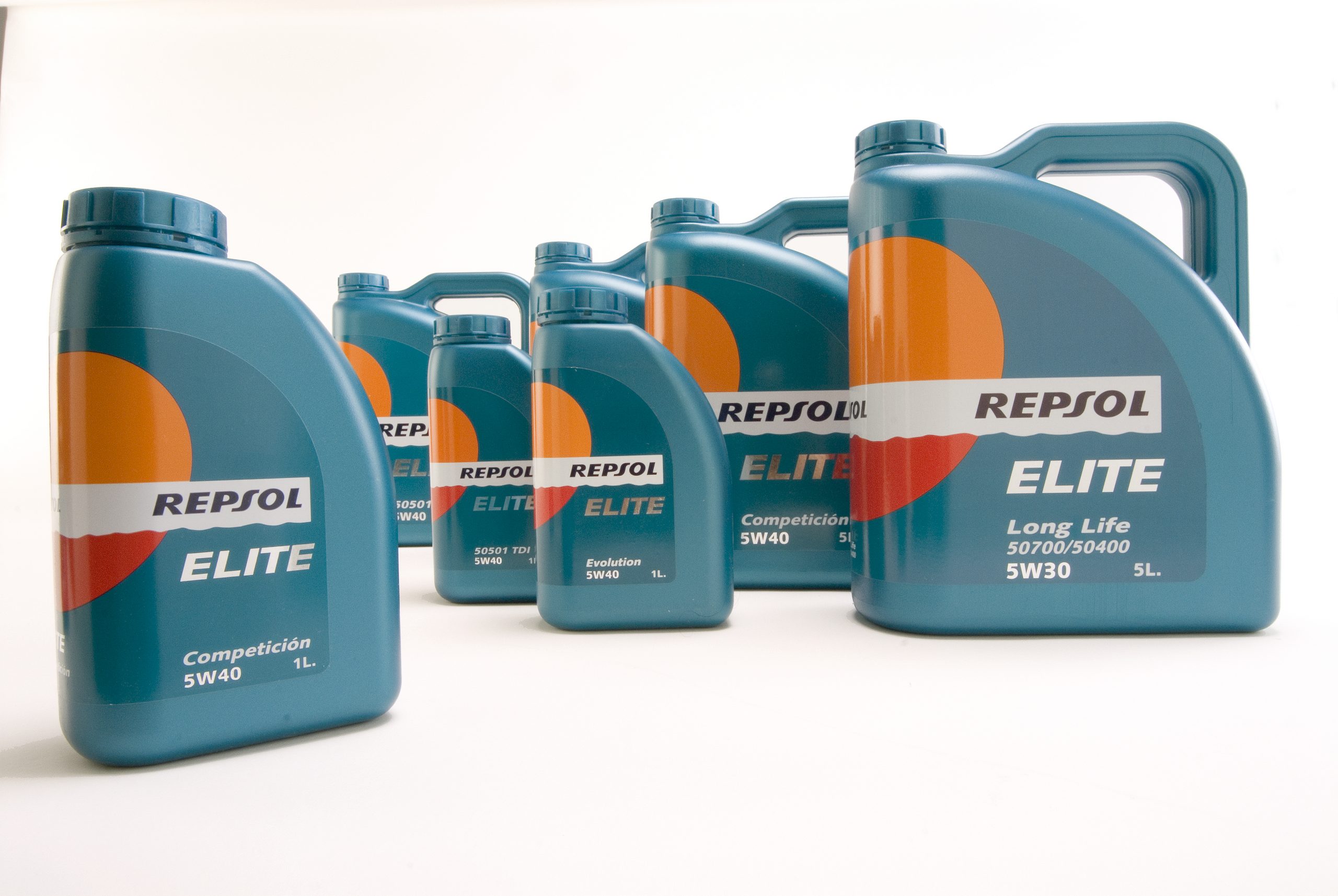Keep Track of Your Engine Oil
One of the most frequent questions car guys are asked by friends and family, and even strangers who find out they are into cars, is when to change the engine oil. And there really is no definite answer. It depends on the make of the car they drive, the model-year, the mileage, and condition of usage, and many other factors. But there are a few general guidelines that could be of help to everyone.
The first and most beneficial answer one can give to the question above and other related problems, such as what brand to choose, or what does those numbers on the box mean, is to check with a reliable supplier. We prefer engine-oil.ie because they have a handy little tool that directs you to the correct engine oil for your vehicle and you can purchase it with a few clicks. You don’t have to go out and find a shop. You just enter the make, model and engine type of your car, and they show you the most suitable options. What is more, it’s a one-stop shop not just for engine oil, but for transmission fluid, antifreeze, and all the other oils and fluids your car might need.
As for the general guidelines as to when you should consider changing the oil in your engine, the most mentioned mileage is after 5,000 miles. Then again, that is the general mileage standard engine oil usually lasts for without losing its viscosity. Some brands of oil go longer, some less. Consulting with the car’s owner’s manual will give you more details as to specifics, but you can adjust that mileage based on your usage of the car and the weather conditions of the place you live. If you like sporty driving and always keep the engine at high revs, you want to change the oil more frequently. Likewise, if you live somewhere with high or dry temperatures, changing before the recommended 5K miles wouldn’t hurt. Under mild conditions, some say you can stretch a good oil brand to around 10,000 miles. But that is just that, a bit of a stretch!
In any case, one can always make an educated guess as to the health of the engine oil by frequently checking the measuring stick. This not only allows you to see if the engine has burnt some of the oil and you need to top up the oil, you can also get a clue as to the condition of the oil. If the oil is too black or if it smells like burnt oil, then you had better hurry and change it. You can also touch it and gauge the thickness of the oil, as it were. If it’s not “oily” enough to the touch, it’ another indication you may need a change.
Now, if you go past the optimum mileage after which you had to change the oil, it is not the end of the world. Most modern cars have sensors to let you know when the oil pressure drops below the necessary level and they even remember the service mileage, provided the computer has been properly reset after the previous service. Old oil damages the engine gradually by getting less and less effective at doing its job, which is keeping the friction out of the equation inside the motor. Overused oil also gets dirty as it circulates around the engine picking up all sort of unsavory things as the filter gets clogged up, and the grime in turn hinders optimum operation of the engine, causing excessive wear and tear.





